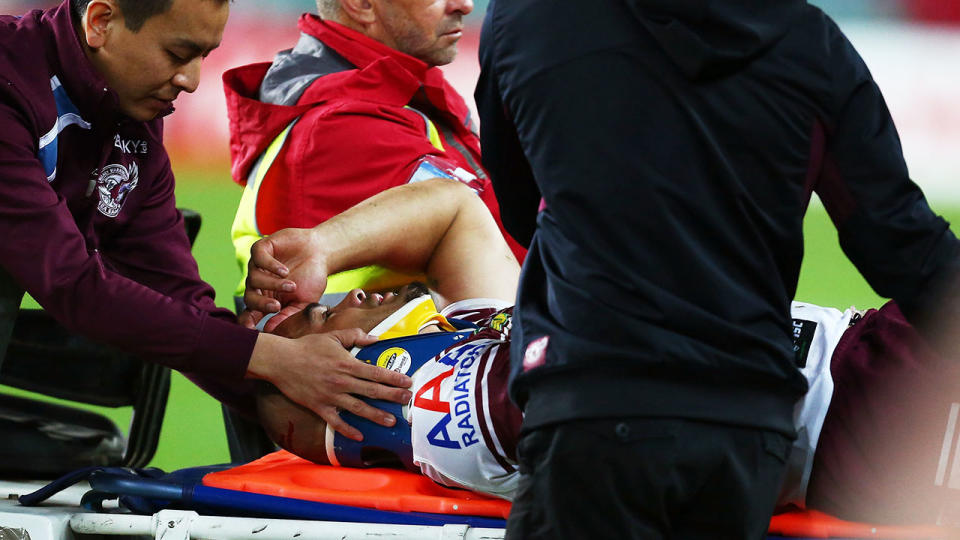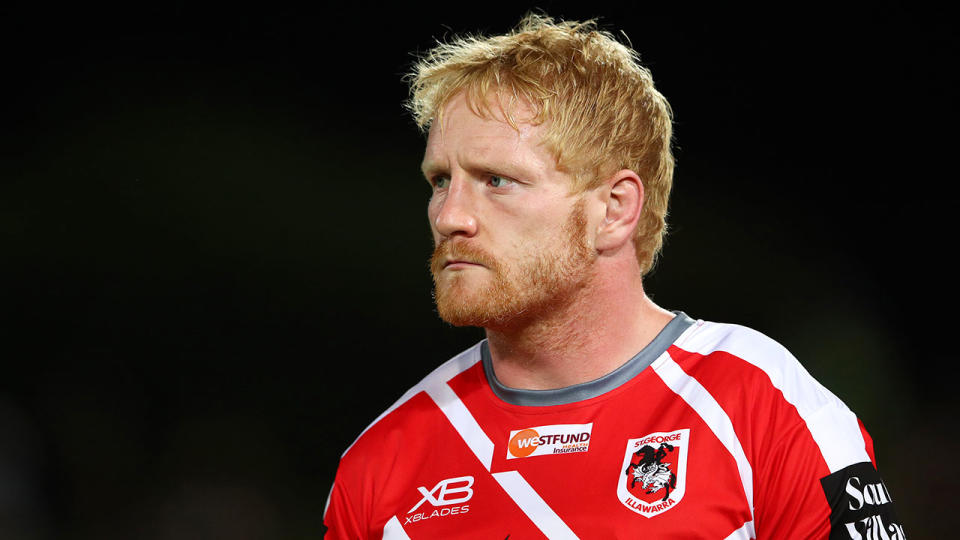NRL facing class action lawsuit over brain trauma accusations
A class action against the NRL on behalf of players suffering concussion is being considered by two law firms.
The firms, Bannister Law and Cahill Lawyers, have been investigating a potential class action for the past year and want current and former players worried about their brain health to come forward.
"We are looking at the clubs' and associations' liability for what are, we will allege, reasonably preventable brain injuries," Bannister Law principal Charles Bannister said in a statement on Wednesday.
"We will also allege that ARL, NRL and the clubs have had the resources, both medical and paramedical, to understand and implement protocols and policies that could and should have protected player welfare long before they were introduced."
The investigation revolves around the degenerative brain condition Chronic Traumatic Encephalopathy (CTE), which has been found in retired American NFL players and athletes from other high impact sports.
There was widespread concern CTE was caused by concussion incidents during play and that the rules of the respective games did not sufficiently take precautions to protect player safety.

The potential NRL class action was two-pronged.
Firstly, whether the rules took sufficient steps to protect players against concussion incidents.
And secondly, whether rules and safety protocols were implemented properly and allowed players time to recover from concussion incidents without sustaining permanent injury.
Bannister Law and Cahill Lawyers said in Tuesday's statement they had been jointly investigating the issue for 12 months.
The investigations were exploring the root causes of post-retirement medical issues among numerous former NRL players, stating many of the symptoms experienced by these players were consistent with CTE.

The firms said they had already been in contact with many league players who held serious concerns about their brain health, and called for others to follow their lead.
Veteran Dragon pledges brain to science
St George Illawarra veteran James Graham has revealed he will donate his brain to science when he dies.
The Englishman is set to follow in the footsteps of retired greats Peter Sterling and Mark Carroll in helping scientists discover more about the effects of repeated head knocks on the brain.
More than 80 athletes have already pledged to donate their brains to the Australian Sports Brain Bank set up by Associate Professor Buckland in 2018.
“I sent my papers off on Wednesday (to donate my brain) so I guess when I die my brain and spinal cord, if I’m in Sydney, will be going to the Sydney University for them to look at, examine and hopefully some good can come of this,” Graham told Fox Sports.
“It’s great to see people like Peter Sterling donating his brain and I think the more players of all codes can sign up, it can only lead to more research being done and figuring out the answers of what is a very tricky and complex situation..

“Now that it’s out there, now that it’s confirmed they’ve found CTE in some former NRL players, it brings the talk about concussion back to the table.
“I’m really pleased to see the game is taking it seriously and I’m really interested to see the next step we take as a game.”
What is CTE?
CTE is a degenerative brain disease found in former players of American football, ice hockey, soccer, rugby union and others exposed to repeated head injury.
The disease, originally called punch-drunk syndrome to describe the plight of ex-boxers, often leads to depression and other behavioural disturbances in younger people.
Symptoms in older people, however, may be indistinguishable from Alzheimer's disease. It can only be diagnosed confidently by examination of the brain after death.
The only known risk factor for CTE is repeated concussions and blows that don't cause signs or symptoms.
What was the discovery?
Researchers and clinicians from Royal Prince Alfred Hospital, NSW Health and the University of Sydney's Brain and Mind Centre found signs of CTE in two donated brains from middle-aged former professionals who played more than 150 NRL games over many years.
Their identities have been kept confidential.
Lead author Associate Professor Michael Buckland said the changes in the two brains were "distinctive and definitive".
"I have looked at about 1000 brains over the last 10 years and have not seen this sort of pathology in any other case before," he said in a statement on Thursday.
"The fact we have now seen these changes in former rugby league players indicates they, and likely other Australian collision sports players, are not immune to CTE, a disease that has gained such high profile in the United States."
With AAP